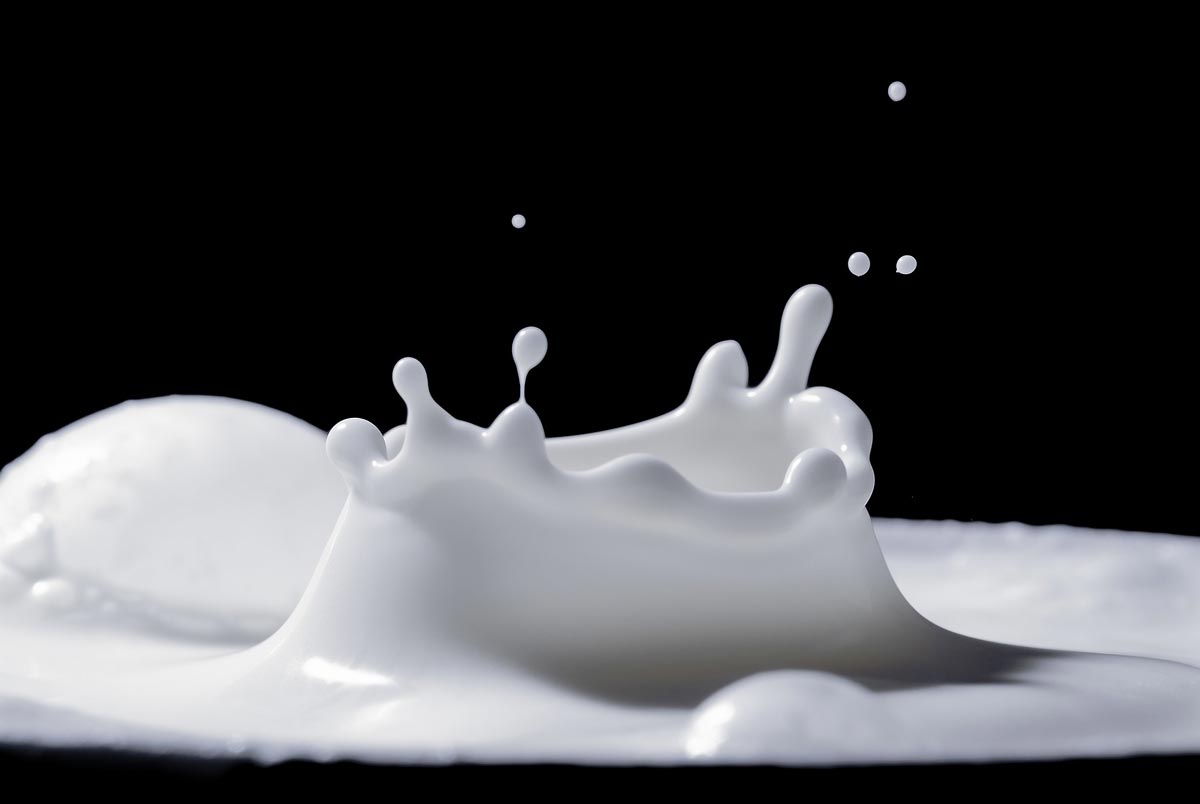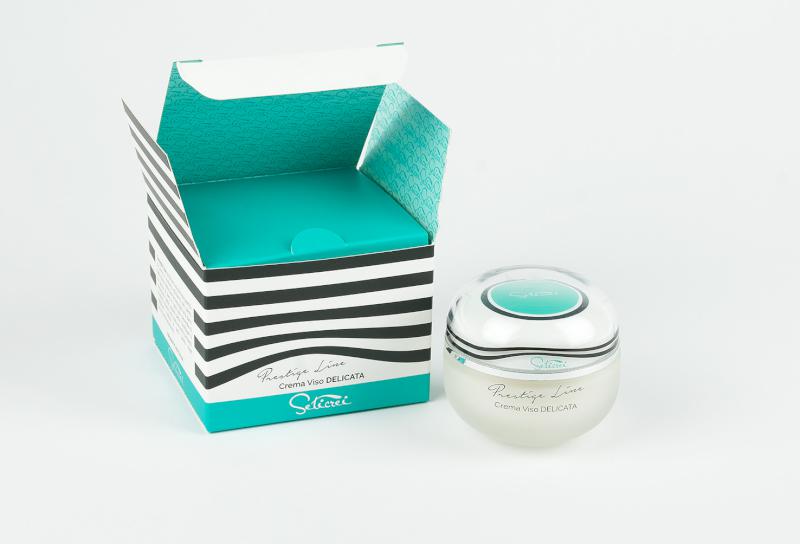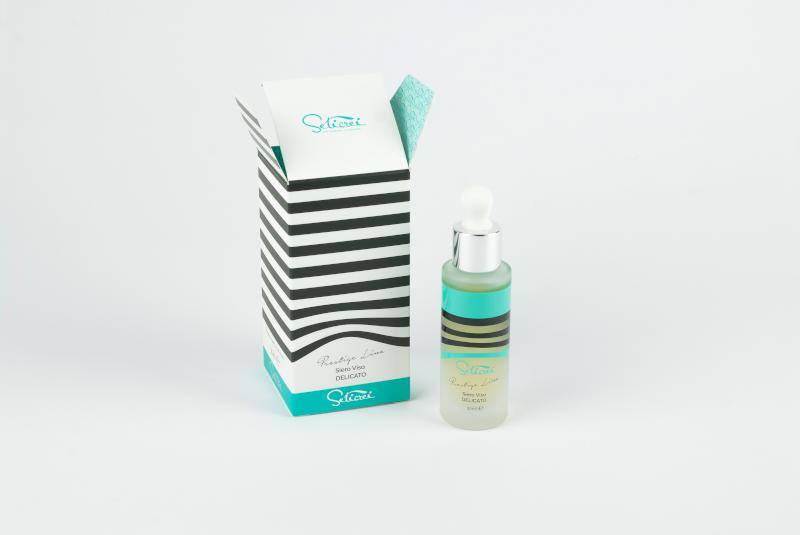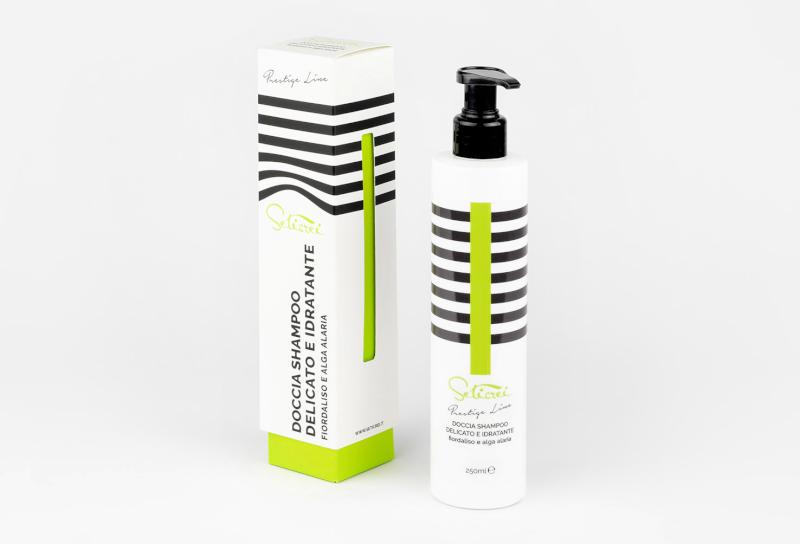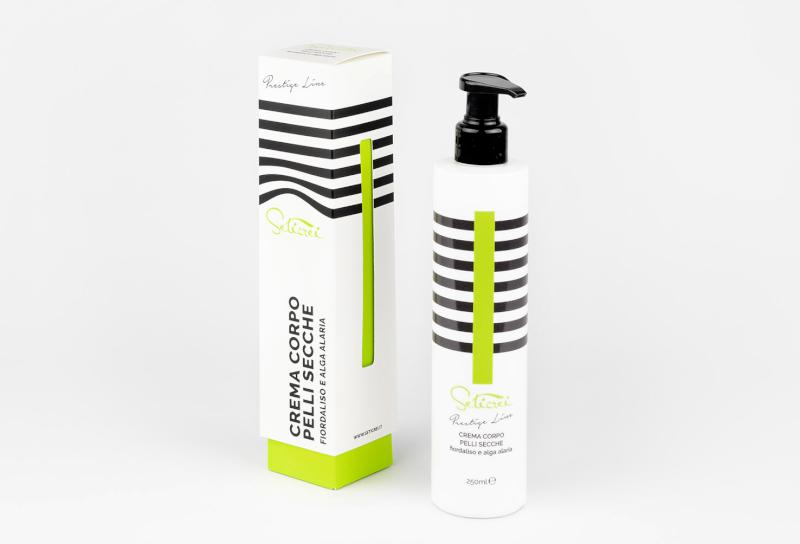Natural Cosmetics that contain donkey milk
It became famous thanks to Cleopatra, queen of Egypt, who it is said maintained her beauty thanks to repeated and prolonged baths in donkey milk.
Even the Romans (e.g. Poppea) used it with satisfaction for its therapeutic qualities.
Thanks to in-depth and authoritative studies, donkey milk has been officially recognized by the scientific community as an elixir of "long life", able to counteract the signs of aging.
It has extraordinary properties for the health and beauty of the epidermis: it rebalances the composition and pH of the hydrolipidic film, restores the skin's natural defenses against external agents and irritating, sensitizing or allergenic factors, contains the formation of free radicals with particular prevention of cellular oxidative stress, stimulates the production of new collagen, elastin, retinol and fibroblasts.
Finally, it performs a fundamental softening, moisturizing, restoring, eutrophying, firming and anti-aging action, as well as decongestant, anti-edemigenous and vasoprotective.
Furthermore, its composition, similar to that of mother's milk, boasts a very high contribution of ideal substances for the nourishment of the skin, such as lysozyme (an enzyme that is an excellent natural antibiotic for the protection of the dermis and the support of elastic fibers), minerals (sodium, zinc, potassium, copper, calcium, iodine, phosphorus, selenium, manganese, etc.), vitamins (A, B, C, D, E, H), amino acids, proteins, bioactive peptides (capable of preventing and delaying the phenomena of skin senescence as well as generating bioactive peptides that can prevent and delay the phenomena of skin senescence). ), vitamins (A, B, C, D, E, H), amino acids, proteins, bioactive peptides (capable of preventing and delaying the phenomena of skin senescence as well as generating a protective effect with anti-inflammatory activity against external climatic factors) and Omega-3 and Omega-6 fatty acids (repairing principles of cell membranes and valuable allies in fighting free radicals).
